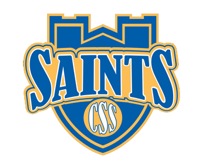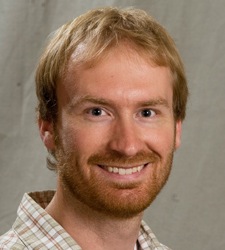Below is a summary of the abstract you submitted. Presenting author(s) is shown in bold.
If any changes need to be made, you can modify the abstract or change the authors.
You can also download a .docx version of this abstract.
If there are any problems, please email Dan at dar78@pitt.edu and he'll take care of them!
This abstract was last modified on May 2, 2018 at 8:44 p.m..

A little over 100 years ago, Twort and D’Herelle discovered bacteriophages and produced the first scientific descriptions of these amazing biological entities. Just a few years after these independent findings, the prominent American author Sinclair Lewis wrote the Pulitzer-Prize-winning work of fiction Arrowsmith, which largely focused on the use of phage therapy by the central character, Martin Arrowsmith. In a multi-disciplinary effort, we evaluated the scientific accuracy of the microbiology and phage biology presented by Lewis and assessed the contemporary response to the book. Overall, the microbiology presented remains surprisingly accurate and relevant. The descriptions of media preparation, lab notebook maintenance, the power of statistics and the excitement of observing a phage-cleared bacterial culture would be familiar to any microbiologist today. Remarkably, the author includes the concept of mutation in his description of phage-host coevolution—which is particularly noteworthy since the book was published before the hereditary nature of DNA was discovered. In addition, the ethical dilemmas found at the intersection of capitalism, science and medicine in the book remain of great importance in the current era of massive pharmaceutical and biotechnology companies. The phage therapy trial conducted during a plague outbreak in the Caribbean is the defining event of the book and most interesting to evaluate through a modern scientific lens. Arrowsmith is pressured by his purist scientific mentor to conduct this trial using the highest standards, including a control group of individuals who do not receive phage. Controversial inside and outside the book at the time, and still today, this method that Arrowsmith appears to use in more of a prophylactic than therapeutic way is not unlike modern vaccine trials. For example, the recent successful VSV-EBOV ebola vaccine trial conducted in the 2014 West Africa outbreak included a placebo injected control group. In addition, the prophylactic use of phage, though presenting obstacles such as persistence and human host immune response, has preliminary experimental support in preventing cholera, staph and Salmonella infections. Despite these notable similarities in thought and practice, there were some aspects of the novel now considered inaccurate or inappropriate. For example, Arrowsmith cultures phage on dead bacteria, and a colleague produces antibodies in a test tube. In addition, the implementation of the phage therapy trial has elements of scientific colonialism. Still, the errors are minimal, which is largely a function of Lewis’ collaboration with PhD microbiologist Paul de Kruif, who worked at the University of Michigan and the Rockefeller Institute. Overall, the book remains relevant and inspirational for physicians and scientists today and remarkable for the innovative science it included.

